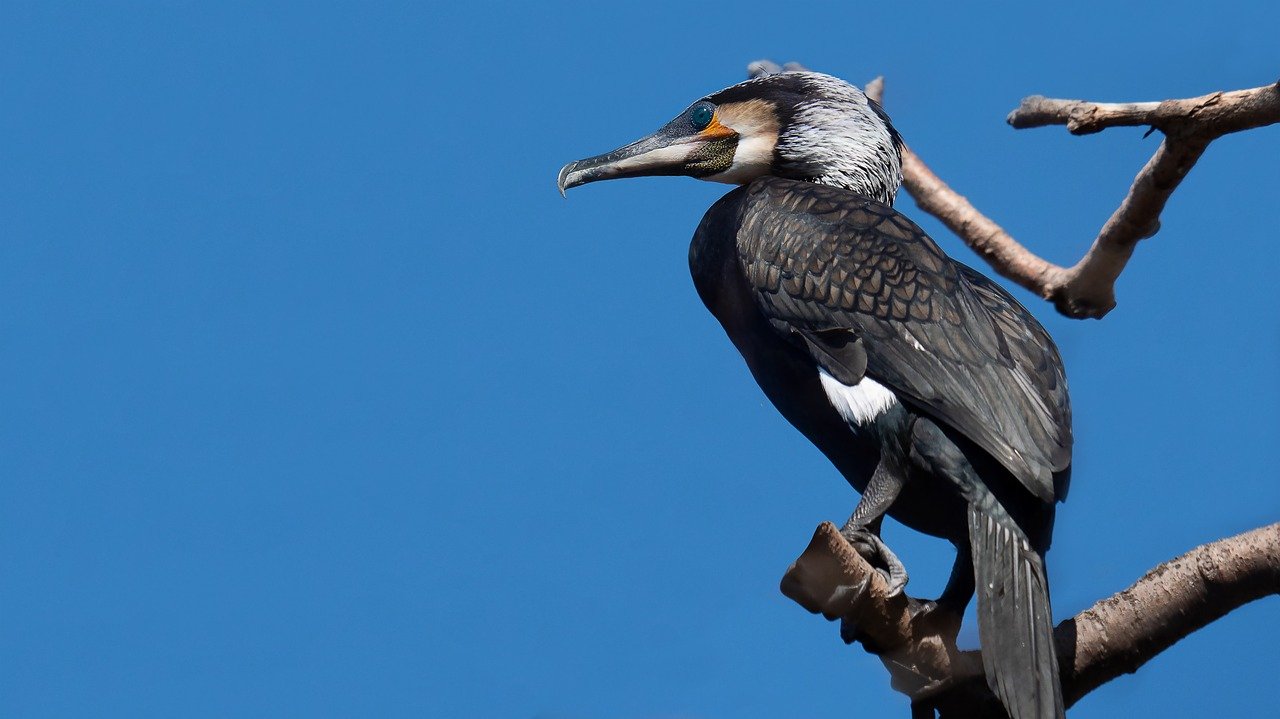The occurrence of the Great Cormorant Phalacrocorax carbo in Sweden, with special emphasis on the recent population growth
DOI:
https://doi.org/10.34080/os.v11.22854Keywords:
population studies, human-wildlife conflict, anthropological effects, prosecution, huntingAbstract
The population of Great Cormorants Phalacrocorax carbo sinensis in Sweden has increased considerably in size during recent decades and currently Sweden holds about a quarter of the total Northwest European population. In 1999, the population contained an estimate of 25,600 pairs, distributed over about 154 colonies. The increase was particularly strong between 1986 and 1994 (mean annual increase 31%), and the population grew from 1,800 to 15,500 pairs. After the mid-1990s, the population increase within most of the core area appear to have levelled off, while now fluctuating in size. However, in some northern breeding areas (including the coasts of Södermanland, Uppland, Gotland and several lakes) the population continued to grow at a high rate. With growing cormorant numbers, conflicts with human interests, mainly fishery, have increased. Hunting and egg pricking have frequently been used as methods to reduce cormorant densities locally and to solve fishery related problems. It seems, however, as these measures, in most areas, only have had limited effects in terms of stabilising or reducing population size of cormorants.
Downloads

Downloads
Published
How to Cite
Issue
Section
License
The copyright of each contribution belongs to the author(s), but all contributions are published under a Creative Commons license, so that anyone is free to share and reuse the contribution as long as the copyright holder is attributed.







